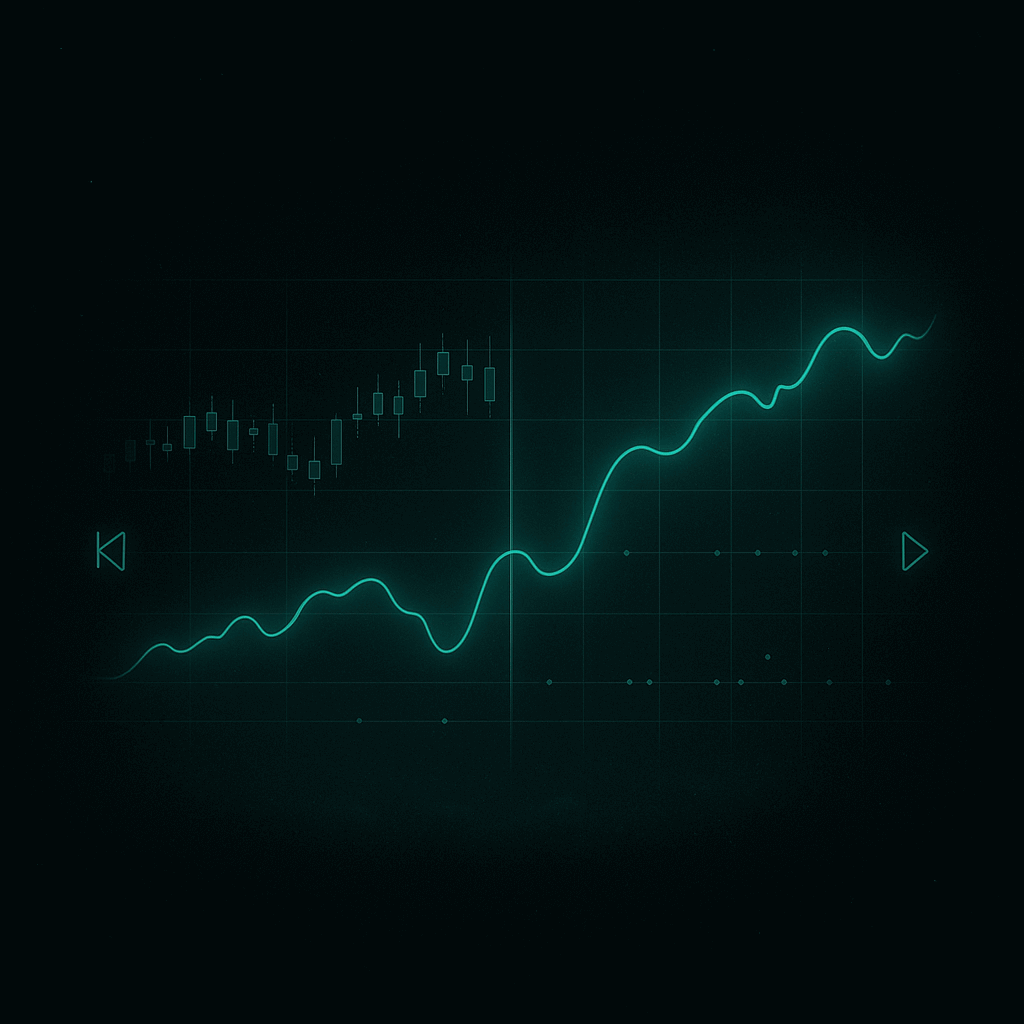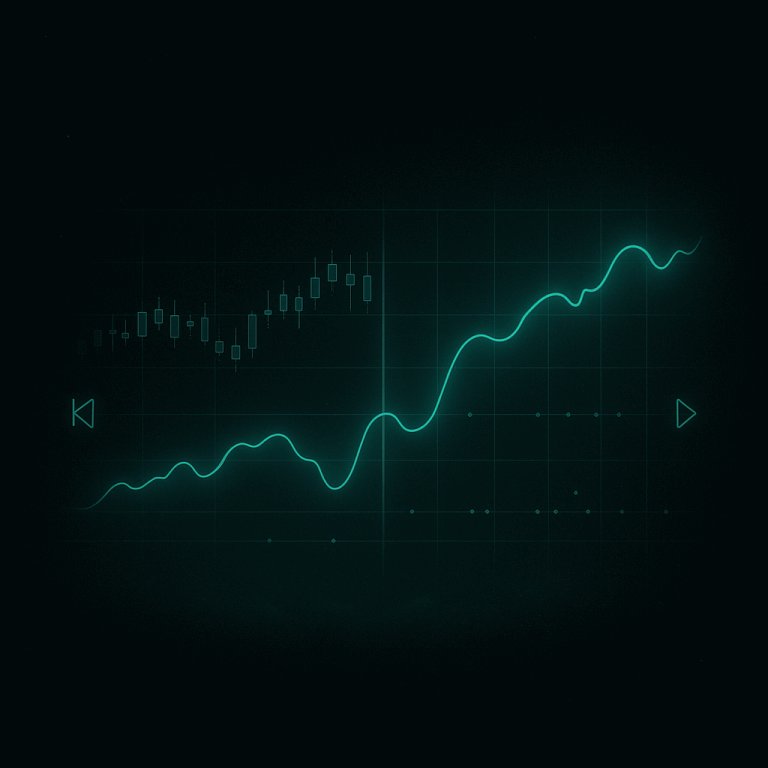Backtesting shows how a strategy would have worked in the past, but markets are never identical. Forward testing is the next step – it checks how a system behaves in live conditions without risking large amounts of money. This process helps traders validate their strategies and build confidence before going full scale.
What Is Forward Testing?
Forward testing (also called paper trading or demo trading) is when you apply your strategy in real-time market conditions using either:
- A demo account with simulated funds, or
- A live account with very small positions.
Unlike backtesting, which runs on historical data, forward testing happens in real market flow with real spreads, slippage, and execution delays.
Why Backtesting Alone Is Not Enough
Even a strong backtest can fail in live markets because:
- Historical data may not capture current liquidity or volatility.
- Spreads and commissions can differ from assumptions.
- Overfitted strategies often collapse when conditions change.
- Execution delays can turn winners into losers.
Forward testing bridges this gap by showing how the system holds up in practice.
Benefits of Forward Testing
- Realistic performance check – Confirms if the strategy is profitable after costs.
- Behavior under pressure – Tests how the strategy reacts to volatility spikes and unexpected news.
- Execution accuracy – Reveals issues with order types, slippage, and broker-specific conditions.
- Trader psychology – Helps you see if you can actually follow the rules without second-guessing.
How to Do Forward Testing Effectively
- Start on demo: Run the system for at least a few weeks.
- Switch to micro-lots: Test with very small live trades to feel real conditions.
- Track performance: Record win rate, drawdowns, and profit factor, just like in backtesting.
- Compare with backtest: If results are close, the strategy is robust.
- Scale gradually: Increase position size only when the system shows consistency.
Example of Forward Testing in Action
- Strategy: Moving Average crossover on EURUSD
- Backtest: 2015-2022, profit factor 1.8, drawdown 12%
- Forward test: 3 months demo trading, profit factor 1.6, drawdown 14%
The small difference confirms the system is robust enough to move into live trading with more confidence.
Common Mistakes in Forward Testing
- Running it for too short a period
- Ignoring news events and spreads
- Using unrealistic execution (instant fills, no slippage)
- Scaling too quickly without validation
Conclusion
Forward testing is the reality check for backtested systems. It filters out weak strategies, validates strong ones, and prepares both the algorithm and the trader for live trading. Skipping this step increases the risk of failure – completing it increases the probability of long-term success.




